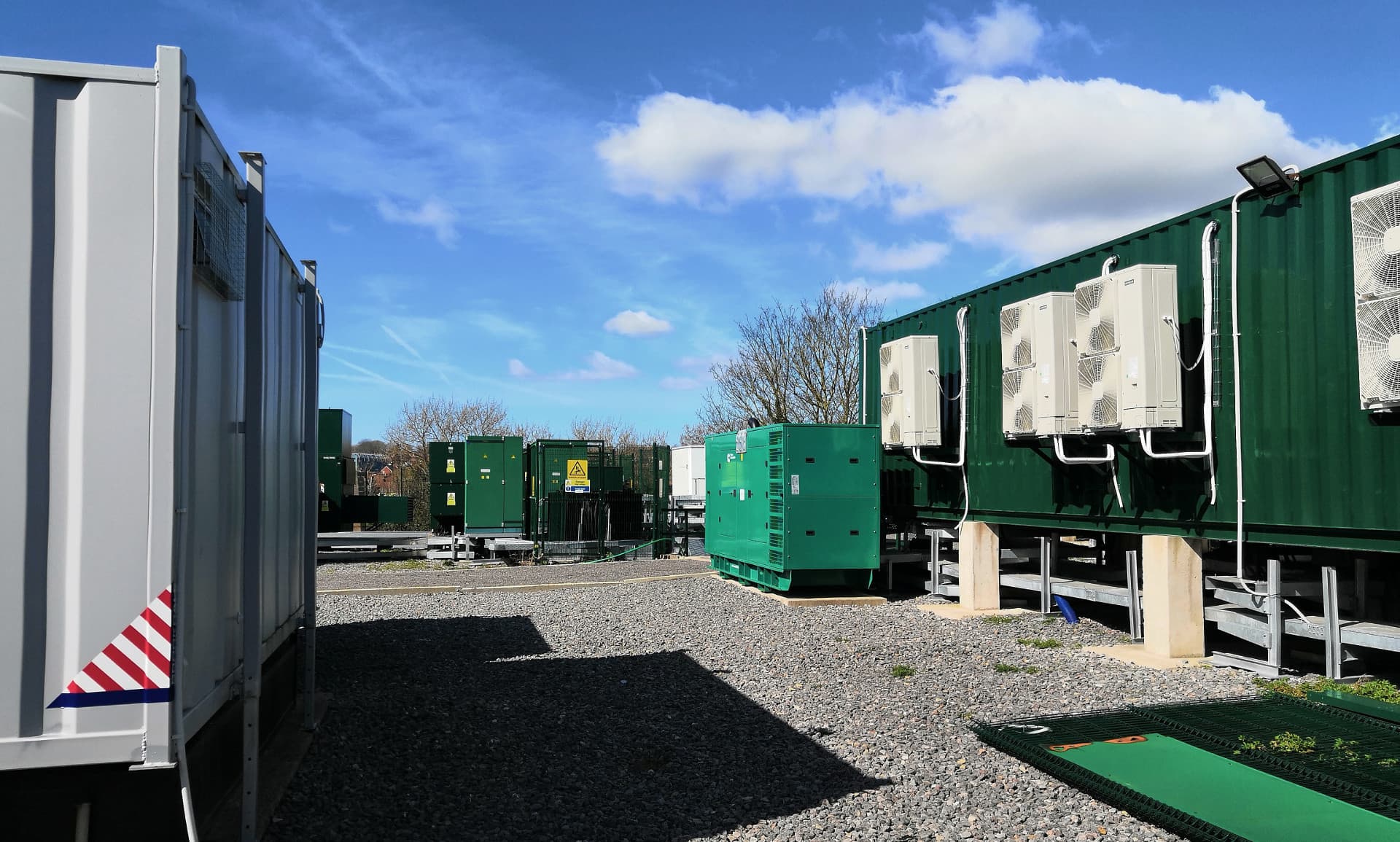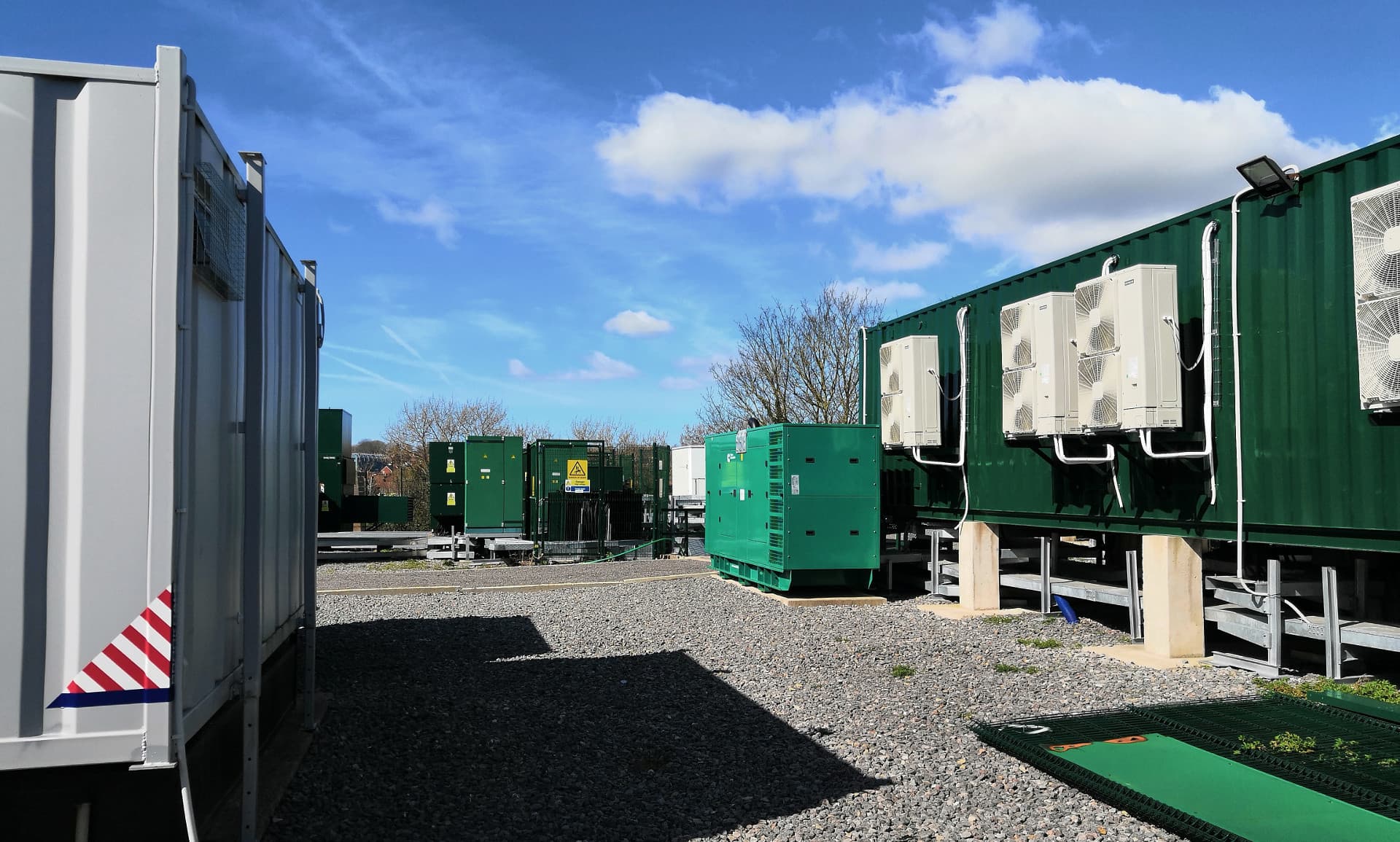
Energy Storage Technologies: Facilitating the Use of Renewable Energy Sources in Green Businesses
As the world leans harder into renewable energy, the importance of effective storage technologies has become undeniable. Solar and wind power are abundant, but also unpredictable. Without dependable, cost-effective ways to store that energy, renewables alone can’t carry the load. Energy storage technologies are stepping in—not only making clean power practical but also fueling the rise of green businesses.
Bridging the Production–Consumption Gap The core challenge with renewables is timing. The sun doesn’t always shine, the wind doesn’t always blow. Storage systems capture excess energy when production is high and release it when supply dips or demand spikes. This balance ensures a steady, reliable flow of power—making renewables not just possible, but practical for business operations.

Figure 1: Battery Energy Storage Systems (BESS) (source: Noriker Power)
Stabilizing and Strengthening the Grid Beyond individual companies, energy storage strengthens the entire grid. By smoothing out fluctuations in supply and demand, it reduces risks of blackouts and improves reliability. This means fewer interruptions for businesses and less reliance on fossil-fuel backup systems—benefits that ripple through the wider economy.
Unlocking Savings and Revenue For businesses, storage isn’t just about resilience—it’s about economics. By tapping stored energy during peak hours, companies can cut costs on pricey grid power. On top of that, many can sell surplus energy back to the grid during demand surges, creating new revenue streams. Together, these incentives make renewable adoption financially attractive, accelerating the shift to greener business models.
Boosting Energy Independence and Resilience Pairing renewables with storage gives organizations more control. They’re less exposed to fuel price swings, less dependent on outside suppliers, and better prepared for outages. That self-sufficiency translates into competitive advantage in an energy landscape that’s constantly changing.
Fueling Green Innovation As storage technologies advance, they’re driving innovation and spawning new opportunities. Entire sectors—from system design to deployment—are growing, creating jobs and economic momentum. The integration of storage with renewables also enables fresh business models: community energy projects, micro grids, virtual power plants. Together, these innovations form the backbone of a more dynamic, sustainable economy.
In short: energy storage isn’t just a sidekick to renewables—it’s the unlock. It turns intermittent power into dependable supply, stabilizes grids, lowers costs, and empowers businesses to operate independently. For companies, this isn’t just an environmental move. It’s strategic. It’s economic. And it’s the foundation of a greener, more resilient future.